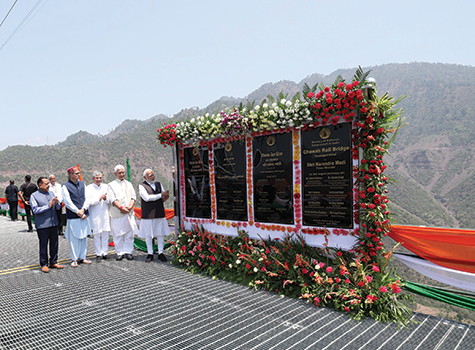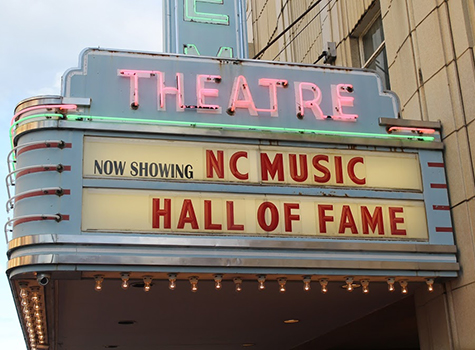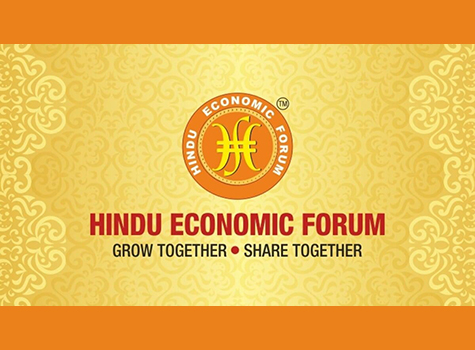Growing up in Pakistan, my Western educated elders frequently commented about the chaos of the subcontinent by referencing the British. When labor was working slow; when people weren’t making queues at theatres; when water, power, sewage, petrol, natural gas, phones were malfunctioning, everyone reminded the younger generation that it would take the English to tame the wild beasts that we were and bring the country back into being a well-oiled machine.
The last 500 years have been dominated by Western naval (and later, nuclear) powers circling the world looking for natives who were fascinated by blonde, blue-eyed people in large ships who would exchange useless textiles and glass beads for gold and antiquities and behead any objecting locals like animals. Reports of massacres by Western invaders range from Columbus himself to the early settlers in Australia, where kangaroos and aborigines were both considered animal species and could be killed at will.
More dangerous than the there-and-then transfer of native wealth to the West-bound vessels was a phenomenon that was slowly beginning to take shape in cold, dark, overcrowded, disease-ridden European cities by the late 18th century: early sprouts indicating the beginning of automation and the industrial revolution. Recently, I have read accounts by a couple of Eastern analysts saying that the East’s dominance over the planet has ended permanently.
Our defeat might have been complex, but then it might have been very simple. We believed the charming visitors to our shores, and we were impressed with their OCD as far as organizing everything physical, emotional and geographical into neat brick-lined streets, or comforting queues that tamed excited natives wanting to make a purchase. So, I heard all my childhood days about how the train stations, the colleges, the railway lines, the highways, the grand bridges, the laws, the rules, the brandy-drinking sophistication—how all that brought the East into the human race.
Now much as I would like to put on a suit and tie for breakfast, lunch and dinner, I think the industrial revolution was an aristocratic ploy to grow wealth and target working classes across the globe. Starting in the late-1800s, disappointed rural people in the West were already starting to look toward mass production to ease themselves out of the unpredictability of crops. The poor, for the most part, were staying poor anyhow. Being sharecroppers for some landlord or raja or Western plantation owner really seemed worse than an urban industrial job with a steady paycheck.
The 20th century saw more automation and the influx of labor into concentrated (and polluted) production facilities. Mining, steel, autos, textiles, machine shops, and as the economy turned global, the East started falling in line with shoes, clothing, a million junk items, and finally computer-related products. We can debate the consequences of the urban migration until the chickens come home. It is really impossible to predict what life would have been like in an agrarian society. It is equally impossible to predict if the labor force benefited from textile mills or auto plants or coal mines. You got a paycheck, and you got some health benefits and housing subsidies and company stores and a few bucks a month in retirement. Most people thought they lived a good life serving their bosses. But what about Third World urban labor?
I often wonder if I could get up at 5am and get out on a farm to plant seeds, milk the cows, gather the eggs and feed the chickens. The problem is complex now. The global economy is a web of interactions that make a livelihood possible for billions of people involved in delivering a product from concept to customer. It is impossible to calculate what will happen to a dollar you spend today. In most economic models, you sacrifice a portion immediately to run the government, maybe even help the needy, and ideally, provide healthcare and social security for everyone.
When 9/11 happened, one of the Bush Administration’s primary goals was to stimulate a spooked economy. They issued small refund checks (mine was $250) to most citizens. The majority of my friends laughed at the pathetic refunds, and I had to explain that the idea was based on a sound economic model: Velocity.
The velocity of money is how it changes hands in a period of time. It is best understood using a simple, microcosmic model. Let’s say you live in an agrarian village where you have room to set up a stall every morning….and mind you, this happens millions of times across Asia, Africa, and South America daily. So I give you a dollar for two tomatoes. You walk next door and buy lettuce with that dollar. The lettuce guy walks next door and buys 4 eggs with the same dollar. The egg guy buys soap with the dollar.
So, in a simple society, I can bring my mustard to the marketplace and use the $20 I earn all day to buy a variety of goods to feed and clothe my family. A single dollar can travel across the market with a rapid speed and be part of the daily living of several people, part of it even going toward the wages for, let’s say, the egg vendor’s assistant. How are you poor in an agrarian society? Well, most economists would argue, there’s no healthcare and no social net. This kind of idealistic gibberish assumes that factory work in the slums outside of Beijing or Mumbai provides health, savings, IRAs, vacation pay, and a gold watch at retirement.
Most of the planet’s unskilled labor caught up in the Industrial Revolution’s clutches lives hand to mouth anyhow. They are not concerned about GDP, stock prices, CEO bonuses, or island vacations. They continue to live lives of quiet desperation in urban prisons that do not allow a return to the soil that rewards you if the gods end up blessing you each season. Population pressures, government corruption, and corporate greed have made it impossible to now return to the farm in our dreams. It is 110 degrees outside. Would you rather be harvesting mustard, or just sweating in a hot urban factory stitching shoes for a Western corporation?
Posted: Tuesday, May 30, 2017



